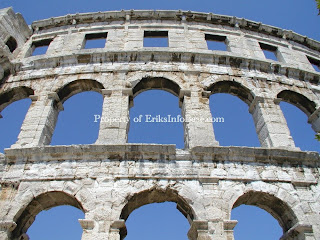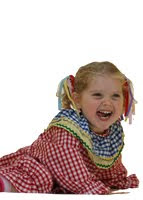Title of Theme: You Bring The Colour
Statement of Application
The influences behind my choice are included in blog 4.1 My Portrait Theme Choice.
My vision for the final outcome is to produce 10 shots that could be used in a promotional campaign for a travel company. Thinking laterally they could equally be used in a promotional sense for camera company - but that is not the purpose.
I have collected a series of images from a number of sources that provide the storyboard for the shoot.
Equipment Used
A full description of the equipment used can be found on Blog 4.2 Equipment and details of my experience with lighting on blog 4.4 Studio Trial - Portrait Shoot - Family
Technique Used
For details of the lighting, shooting and post shoot techniques used please see blog 4.5 Family Shoot.
Lighting Application and Control
Learning about the use and control of lighting is covered in blogs 4.3 Studio Lighting Set Ups & 4.4 Studio Trial - Portrait Shoot - Family
A discussion about the lighting actually used is covered in blog 5.0 Portrait Shoot.
Health & Safety Considerations
A review of H&S considerations and assessment of risks is covered in blog 9.0 Health & Safety












































